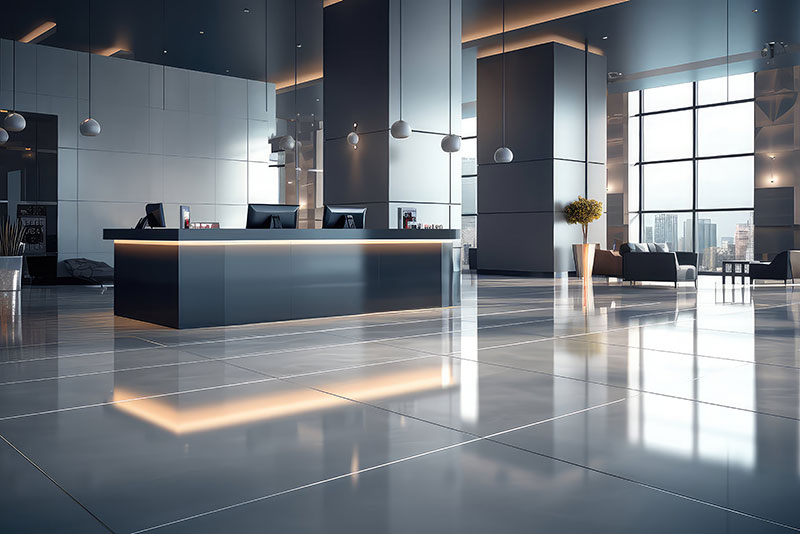

Tile joint movement refers to the expansion and contraction of the joints between tiles due to various factors such as temperature fluctuations, moisture changes, and structural shifting. These movements occur naturally as a response to environmental conditions and building materials’ characteristics.
Several factors contribute to tile joint movement:




Tile joint movement can occur due to various factors, and there are different types of movements associated with tiled surfaces.Understanding the different types of tile joint movement is crucial for selecting appropriate installation methods, materials, and joint treatments to ensure the longevity and performance of tiled surfaces. Properly addressing these movements can help prevent issues such as joint cracking, tile displacement, and water infiltration.
Here are some of the most common types:

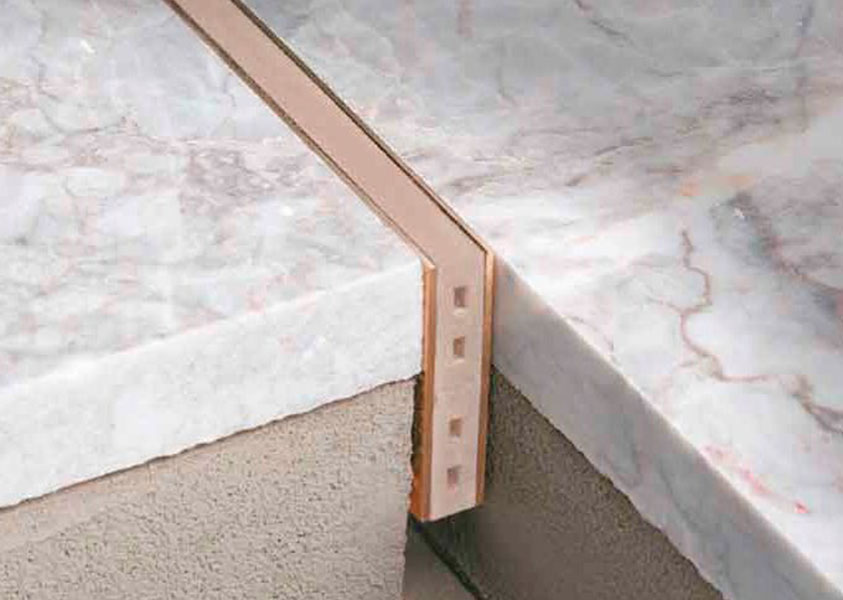
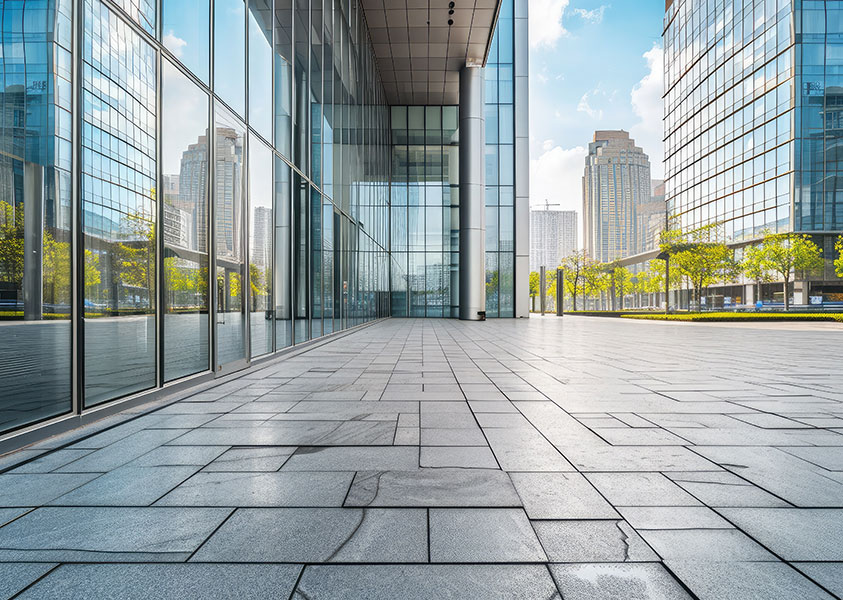


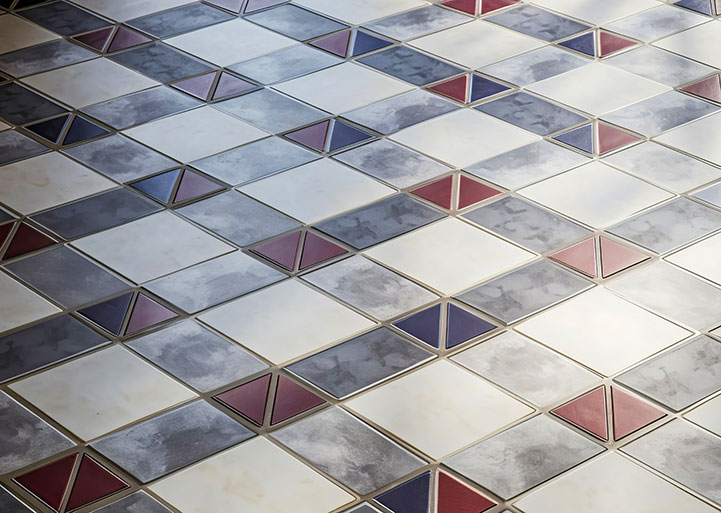

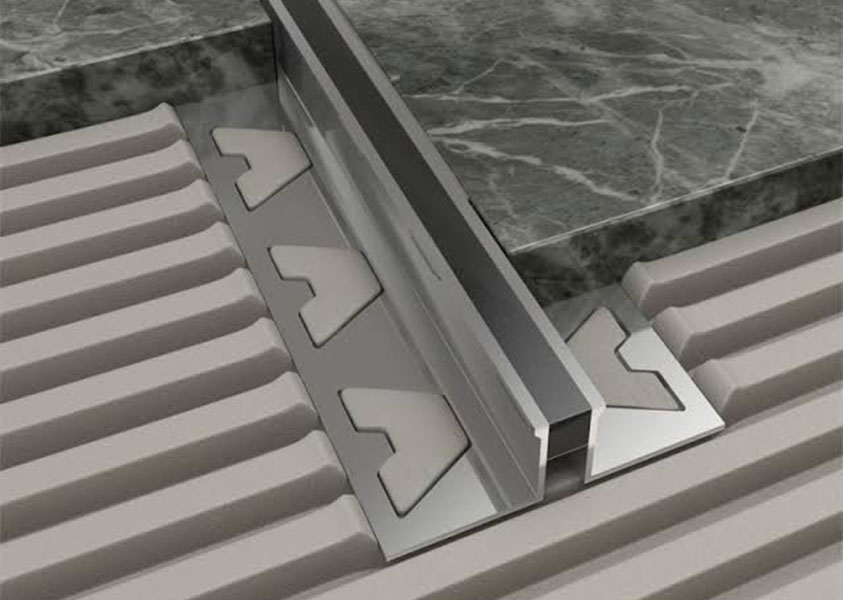
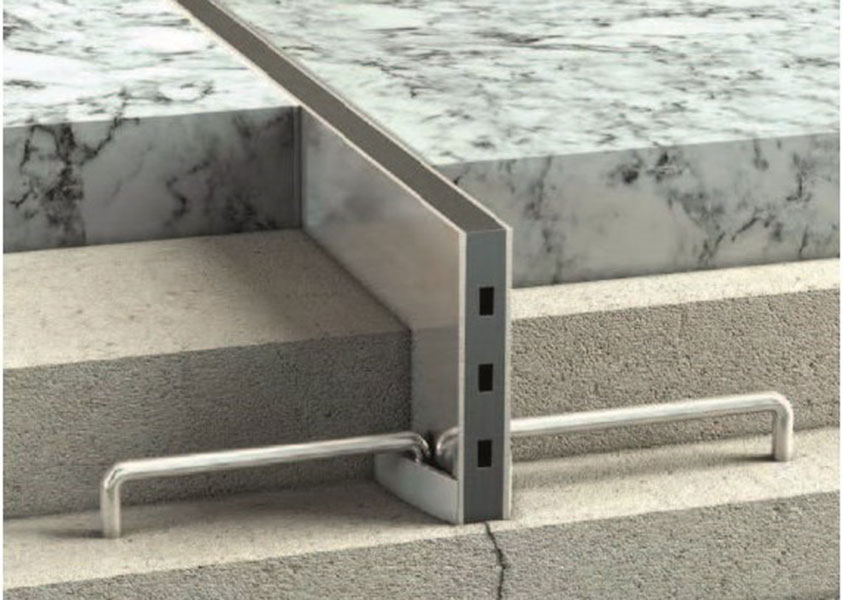


Tile joint movement management is effective when it ensures the long-term stability, durability, and aesthetics of tiled surfaces while minimizing the risk of damage or failure due to movement-related issues. Here’s how effective management of tile joint movement can be achieved
Effective management of tile joint movement is essential for ensuring the longevity, performance, and aesthetic appeal of tiled surfaces. By addressing potential movement-related issues upfront and implementing appropriate mitigation strategies, tile installations can withstand the challenges posed by environmental and structural factors, resulting in durable and visually pleasing outcomes.
For tiled surfaces to remain practical, long-lasting, and aesthetically pleasing, good movement control is necessary. Tile joint movement refers to the expected expansion, contraction, and shifting that can occur due to various factors such as temperature changes, moisture levels, and structural settling. If not managed properly, these movements can lead to cracked tiles, water infiltration, and overall deterioration of the tiled area.
Here are key aspects of managing tile joint movement effectively:
By implementing these practices, tile joint movement can be effectively managed to ensure the longevity, durability, and aesthetic appeal of tiled surfaces. It’s important to consider these factors during the design and installation phases to minimize risks and maximize the performance of tiled areas over time.
tile movement joint tile movement joint tile movement joint tile movement joint tile movement joint tile movement joint
A tile movement joint, also known as an expansion joint or control joint, is a deliberate space left between adjacent tiles or tile sections during installation. These joints are filled with a flexible material such as silicone or caulk. The purpose of tile movement joints is to allow for natural expansion and contraction of materials due to temperature changes, moisture, and structural shifting. By accommodating these movements, movement joints help prevent cracks and damage to the tiled surface. They are particularly important in large tiled areas, such as floors, walls, or exterior facades, where the expansion and contraction of materials can be significant.





©2024. Al Masa Steel Works LLC. All Rights Reserved.
Talk to us